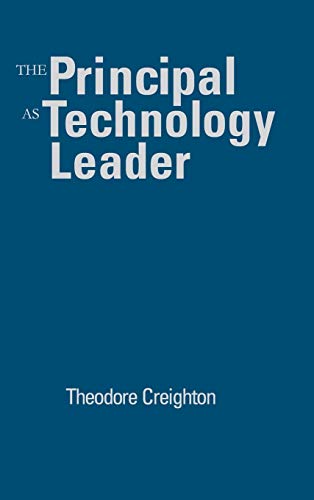The Principal as Technology Leader
no information available
An excellent resource for principals-especially new principals. It will definitely help them establish their vision for technology in their schools. I read the book in one sitting' - Kim Leblanc, Region V Technology Resource Specialist, Calcasieu Parish Public Schools, Louisiana An invaluable resource to practicing school leaders, students in school leader preparation programs, and professors of school leadership' - Neil J Shipman, Clinical Associate Professor, University of North Carolina-Chapel Hill Illustrates that technology leadership is not about bells and whistles, but about curriculum and instructional leadership' - John Artis, Assistant Superintendent, Upper Arlington City Schools, Ohio Theodore Creighton does a wonderful job exploring the complexities of technology in schools' - Vicki Barnett, Course Instructor ITT Technical Institute, Florida The Principal as Technology Leader is a comprehensive examination of the ways in which administrators and school leaders can support and plan effective technology programmes for both students and teachers. Author Theodore Creighton provides a very detailed explanation and specific plan design to help school principals and other educational leaders become managers and facilitators of successful applications of technology in schools. He argues for the need of a conceptual knowledge of how technologies can restructure education, as opposed to the superficial focus on hardware and software programmes monopolizing schools today. The Principal as Technology Leader explores issues of planning for technology and staff development, administrative support for technology programs that will truly enhance education, and technology implementation that improves student achievement, as well as examines what ineffective programmes look like and why technology programmes fail. The final chapter presents an implementation model specifically targeted to assist minority students and others with special learning needs. ... Read more Read less











